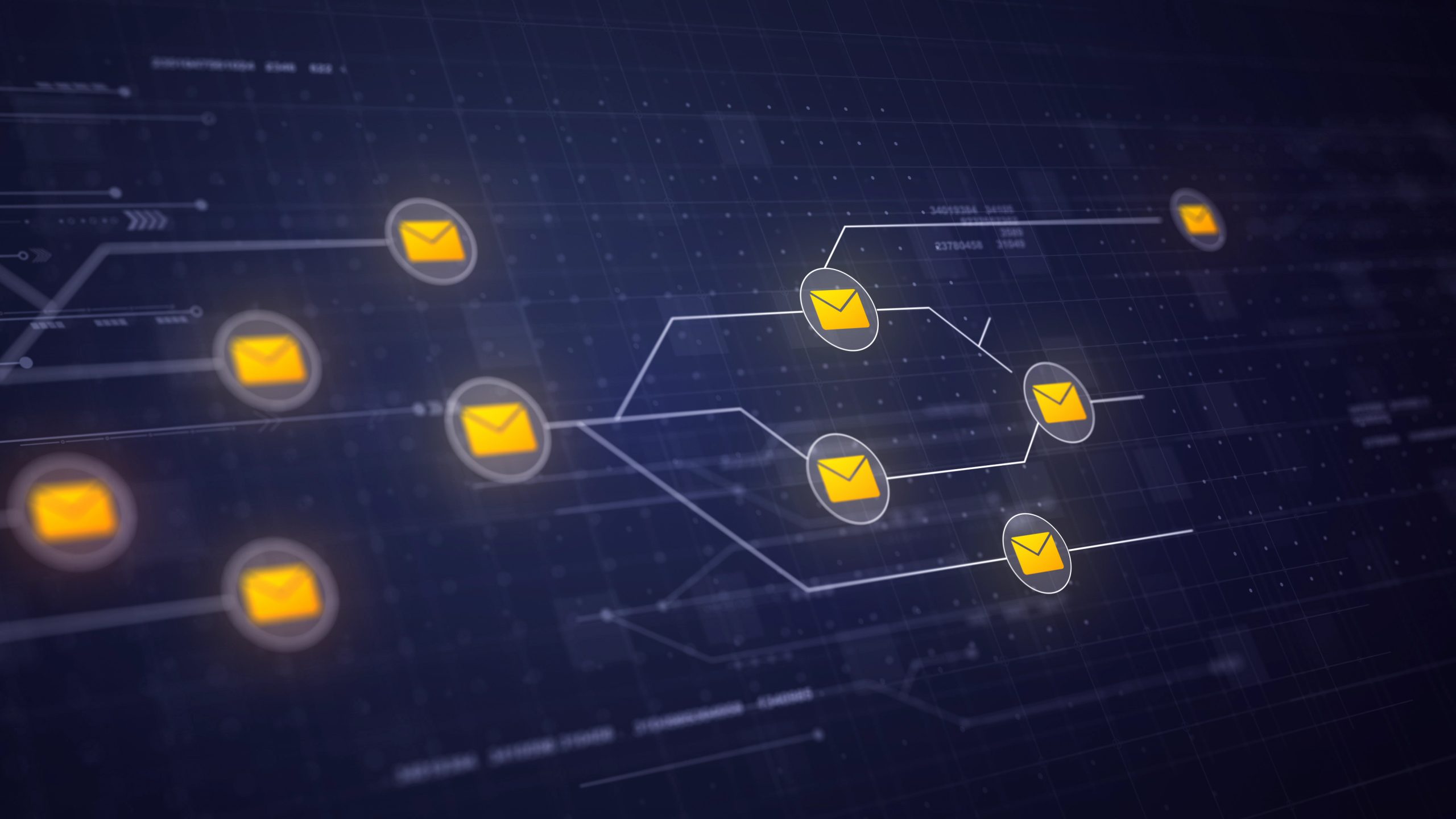AI is becoming part of our daily lives both in our personal lives and in the workplace. Alexa, Siri and Netflix all involve interacting with AI algorithms. The rise of the machines is quieter than the Hollywood version but it is only a matter of time before AI thoroughly permeates most aspects of our existence.
While chatbots are all the rage for improving customer service, there is another powerful avenue of possibility in the same field. This new avenue that is still being explored and developed entails using AI to sort and classify customer emails. Many organizations receive a veritable deluge of customer service emails and software that helps cut through them quickly can translate into big savings, greater efficiency and improved customer satisfaction for businesses.
Intent – Single or Multi?
When it comes to customer emails, figuring out the intent of the email is the key. Emails may be single intent – they only have one request or issue to be resolved, or multi-intent with more than one request or issue. For instance, if a customer emails their bank regarding updating their personal information there is only one intent in their email. However, if they request a clarification about their credit card statement and also mention personal information that must be updated for their primary bank account, it is a multi-intent email. Sounds simple enough, but it can be complex for software to decipher.
There are two concepts that pertain to deciphering and classifying email intent. They are:
FTR First Time Right
First Time Right as the name suggests is when the software gets the right result the first time.
Efficiency
Efficiency denotes the number of total accurate answers achieved including those achieved with more than one iteration. In other words, it also includes the right answers that the software gets after making a mistake the first time round.
RAP was able to achieve 90% FTR and 95% efficiency with 1000 emails per intent in a highly accelerated time frame of 3 weeks. Initially they trained the software with single intent data for single intent outputs. The next step was progressing to multi-intent data (emails) with multi-intent outputs. Going live requires an FTR of over 99% and should be achieved in due course. Once achieved, the door to automating classification of emails and responses to routine queries is wide open.
There are many advantages to implementing AI solutions for customer service and sorting through customer emails. AI doesn’t need to sleep so you have a 24/7 solution available to the business and customers. AI is capable of a much faster turnaround time once trained correctly. The cost savings of such a solution are substantial and they increase levels of customer satisfaction. This technology will not supplant human customer service agents because many queries will have to be dealt with by a human agent once classified. If your business requires customer service support perhaps it’s time you considered AI powered options.
Our next-gen, AI-powered content intelligence platform RAPFlow in tandem with our RPA solution RAPBot, provides end-to-end workflow automation capabilities that can be deployed in just a week. Please book a demo to explore how RAPFlow and RAPBot can transform your business.










